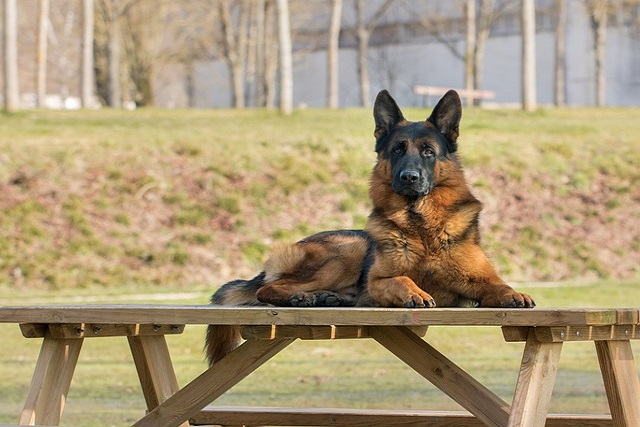
How can I tell if my dog's heatstroke is serious
Let’s be real: It’s a sticky August morning in Los Angeles, and you took your 2-year-old Golden Retriever, Max, for a walk a little later than usual
You’re watching your dog pace nervously during a thunderstorm or hide after a grooming session – that helpless feeling hits hard. Helping your furry friend feel better combines science-backed comfort tactics with everyday empathy. Start with physical wellness: Discomfort often hides beneath the surface. If your dog avoids stairs or licks their paws obsessively, schedule a vet visit – it could be arthritis or allergies. Keep rabies vaccines current; it’s not just legally required in all U.S. states for public spaces, but essential for daycare or boarding. Apartment dwellers, take note: Limping on hardwood floors might mean paw irritation, not stubbornness.
Create safe havens during stress triggers. For noise-sensitive dogs, convert a walk-in closet into a cozy den with sound-dampening blankets and white noise machines. Pheromone diffusers mimicking a mother dog’s calming scent can ease anxiety – plug one in near their bed. Always let them approach these spaces voluntarily; forcing cuddles backfires. In high-rises, lay thick rugs to muffle street noise and prevent slips.
Mental engagement is powerful medicine. A bored dog shredding couch cushions isn’t being naughty – they’re screaming for stimulation. Freeze kibble in a Kong with bone broth for lick-induced relaxation. Turn walks into "sniffaris" letting them lead the way; scent exploration burns nervous energy. Rotate puzzle toys weekly to prevent boredom, using high-value rewards like salmon bits. Studies show 10 minutes of nose work equals a 30-minute walk for mental exhaustion. Pair this with positive reinforcement methods: Reward calm behavior instantly with chicken bits, never punish fear-induced accidents.

Social interactions need careful management. At the dog park, watch for stiff tails or pinned ears – your dog might be overwhelmed. Leave before tensions rise, especially around energetic puppies. Always carry biodegradable bags; communities like San Francisco impose $350 fines for uncollected waste, plus it’s basic courtesy. Use a fixed-length leash (retractables cause neck strain) and yield space to others on narrow trails.
Cultural awareness matters. Shock collars and physical corrections violate welfare standards – opt for reward-based training endorsed by the AVSAB. Service animals require documented training for public access, while emotional support pets need vet letters for housing. If your gentle dog growls suddenly, consult a behaviorist – pain often triggers aggression.
Daily rhythms heal, too. Predictable feeding times, gentle ear massages, and quiet couch sessions build security. That anxious rescue dog? Might relax with a thundershirt’s gentle pressure during storms. Your consistent, kind presence is the ultimate comfort – turning worried whimpers into contented sighs.

Let’s be real: It’s a sticky August morning in Los Angeles, and you took your 2-year-old Golden Retriever, Max, for a walk a little later than usual

You're enjoying a summer afternoon at the park when you notice your dog has stopped panting and appears disoriented - their gums are bright red

Let’s paint the picture: You’re in your Denver apartment, watching your 4-year-old Boston Terrier, Ruby, plop down mid-play session with her favorite toy

Many dog owners notice their pets nails seem shorter after regular walks,but how much does this daily activity actually help?The answer depends on where you walk—concrete sidewalks or asphalt streets gently file nails as a dog's paws hit the ground

Most dog owners notice their pup scooting across the carpet at some point, but few connect it to impacted anal glands. These small sacs near a dog’s rectum secrete a scent for marking territory

Most vets agree that regular dog teeth cleaning is key to avoiding painful dental issues later. For healthy adult dogs, a professional cleaning at the vet’s office every 12 to 18 months usually works well.